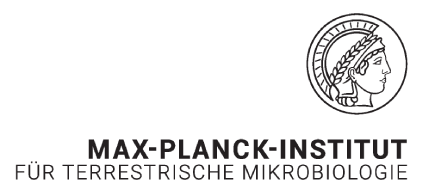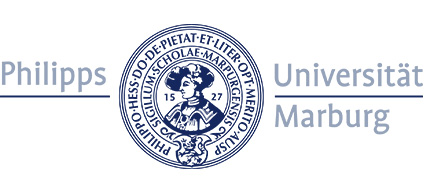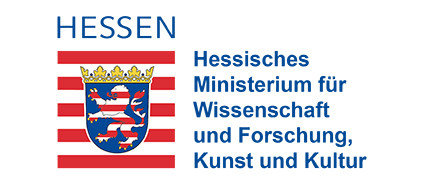Main Content
Fidel Ramírez-Amador

Doctoral Researcher, WG Schuller
Biology, Philipps-Universität Marburg
Mail: ramirezf@staff.uni-marburg.de
Project: Live-cell single-molecule visualization of the Type IV-A CRISPR-Cas interference mechanism
Project summary:
Methyl-coenzyme M reductase (MCR) is the enzyme responsible to produce nearly all biologically generated methane. Deeply within its active site MCR comprises coenzyme F430, a porphyrin cofactor with a central catalytic nickel ion. In methanogenic archaea, the synthesis of F430 is carried out by the coenzyme F430 biosynthetic (Cfb) proteins. After CfbA chelates Ni2+ at the center of a sirohydrochlorin precursor, CfbB forms a diamide intermediate (Ni-SHCD) in an ATP-dependent fashion. The nitrogenase ancestor CfbCD takes Ni-SHCD and, in an impressive ATP-driven six-electron transfer,produces seco-F430. Finally, CfbE generates F430 via the hydrolysis of one more ATP. In the context of the primitive Earth, we wonder whether the F430 enzymatic cascademay have found its origin out of the cellular context. Could it be possible that mineralsustained catalysis was responsible for the generation of F430 before the emergence of proto-enzymatic systems? Through a mineral-assisted catalysis screening, we aim to understand the influence of abiotic biochemical factors on the evolution of F430 and its earlier intermediates.
Cooperation with: Ollala Vázquez (UMR), Martina Preiner (Microcosm Earth Center/MPI-TM)


